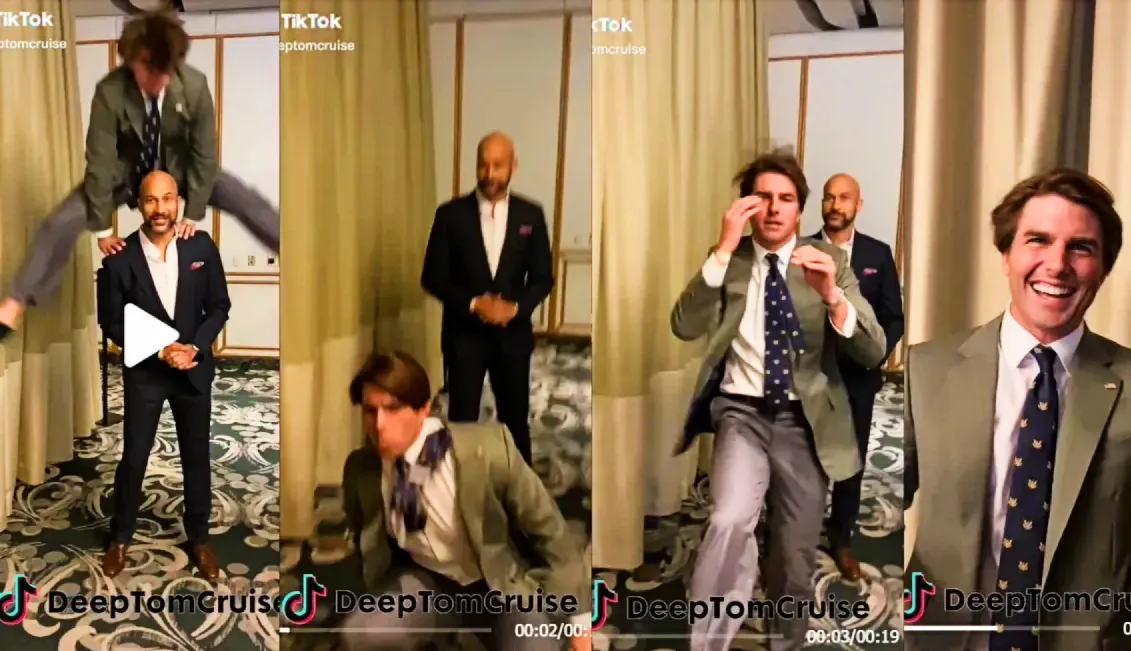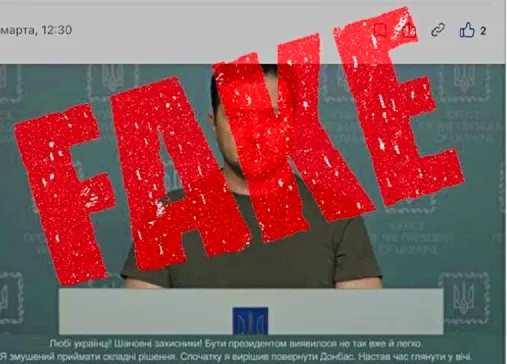What are Deepfakes and How You Can Detect Them?
As AI-generated fake and face-swapping videos become more convincing, everyone needs to be concerned.

What exactly are deepfakes?
Deepfakes are a type of artificial intelligence-based media manipulation that use machine-learning algorithms to generate realistic-looking or sounding audio or video content that appears to be authentic. The technology has been used to create fake news, to impersonate celebrities and politicians, and for malicious purposes such as spreading misinformation or compromising individuals' privacy.

Do deepfakes only involve videos?
Deepfakes go beyond video. They can include fictional photos such as ‘Katie Jones’, whose LinkedIn profile claimed she worked at the Center for Strategic and International Studies. ‘Katie’ is suspected of being a deepfake created for a foreign spying operation. Audio ‘voice skins’ or ‘voice clones’ of public figures can also be created.
"The brand new social experience where you activate your gaming skills as you train like a spy."
- TimeOut
Take on thrilling, high-energy espionage challenges across different game zones.


How can deepfake be used?
Deepfake can be used for legitimate and nefarious purposes raising significant concerns about the potential for abuse and the spread of misinformation, including:
- Political propaganda - Spreading misinformation or manipulating public opinion by creating fake videos of politicians or public figures saying or doing things they did not actually say or do such as Ukraine President Volodymyr Zelenskyy falsely telling his citizens to put down their weapons.
- Harassment and abuse - Such as fake videos featuring the faces of unsuspecting individuals committing acts they didn’t do in real life, which can be deeply harmful and traumatic.
- Education - Videos or simulations for training or learning purposes.
- Entertainment - Humorous or entertaining videos, such as superimposing the face of a celebrity onto the body of a dancer or athlete. When the late actor Paul Walker died, his remaining scenes in Furious 7 (below) were completed with body doubles and using CGI.

Is deepfaking legal?
The legal status of deepfakes varies depending on the specific use and jurisdiction. In some cases, the creation or distribution of deepfakes may be illegal under laws related to defamation, copyright, or fraud. In other cases, deepfakes may be protected as free speech or artistic expression. In the US, for example, the First Amendment to the Constitution protects freedom of speech, which may include the creation and distribution of deepfakes. However, the use of deepfakes could potentially be subject to other legal restrictions, such as laws against defamation or fraud. In addition, there have been calls for specific legislation to address the potential misuse of deepfakes, such as the Deepfake Accountability Act.

How can deepfakes be detected?
There are a few ways to detect deepfake videos - but as the technology progresses this will get more and more difficult.
Visual inspection: Sometimes deepfakes contain artifacts or other abnormalities that are not present in real videos. These artifacts might include strange flickering, distorted images, or mismatched lip movements.
Metadata analysis: Digital files often contain metadata that can be used to trace their origin and authenticity. By analyzing the metadata of a video, it may be possible to determine whether it has been edited or manipulated.
Forensics analysis: There are several forensic techniques that can be used to analyze videos and detect deepfakes. These techniques might include analyzing patterns in the video, examining the audio track, or comparing the video to other sources to look for discrepancies.
Machine learning: It is also possible to use machine-learning algorithms that can be trained on a large dataset of real and fake videos, and then used to classify new videos as either real or fake.
Using multiple methods: The most effective way to detect deepfakes is to use a combination of methods. By combining visual inspection with metadata analysis, forensic analysis, and machine learning, it is possible to get a more accurate assessment of the authenticity of a video.
SPYSCAPE+

Join now to get True Spies episodes early and ad-free every week, plus subscriber-only Debriefs and Q&As to bring you closer to your favorite spies and stories from the show. You’ll also get our exclusive series The Razumov Files and The Great James Bond Car Robbery!


Gadgets & Gifts
Explore a world of secrets together. Navigate through interactive exhibits and missions to discover your spy roles.
Your Spy Skills
We all have valuable spy skills - your mission is to discover yours. See if you have what it takes to be a secret agent, with our authentic spy skills evaluation* developed by a former Head of Training at British Intelligence. It's FREE so share & compare with friends now!
* Find more information about the scientific methods behind the evaluation here.


Stay Connected
Follow us for the latest
TIKTOK
INSTAGRAM
X
FACEBOOK
YOUTUBE